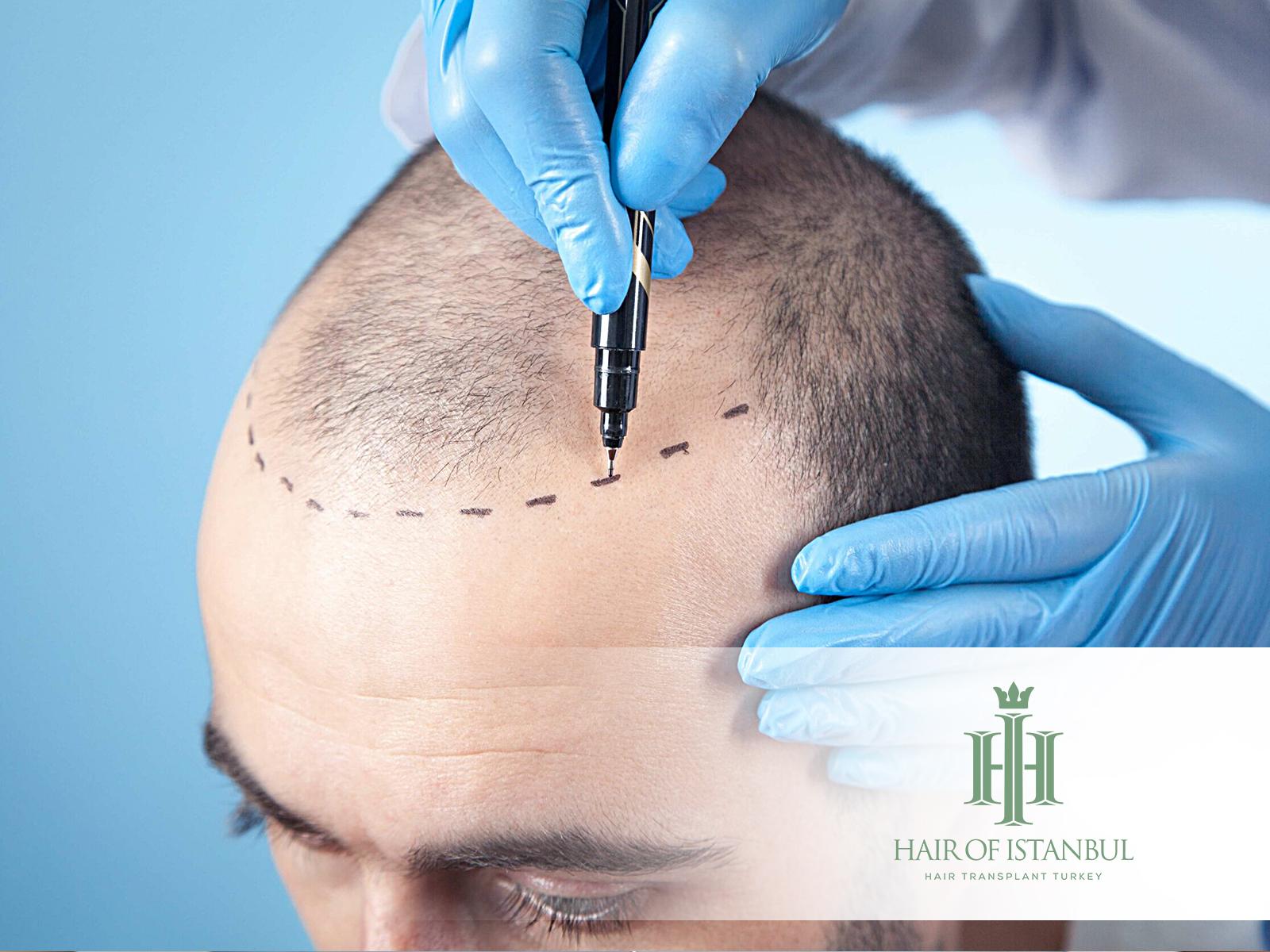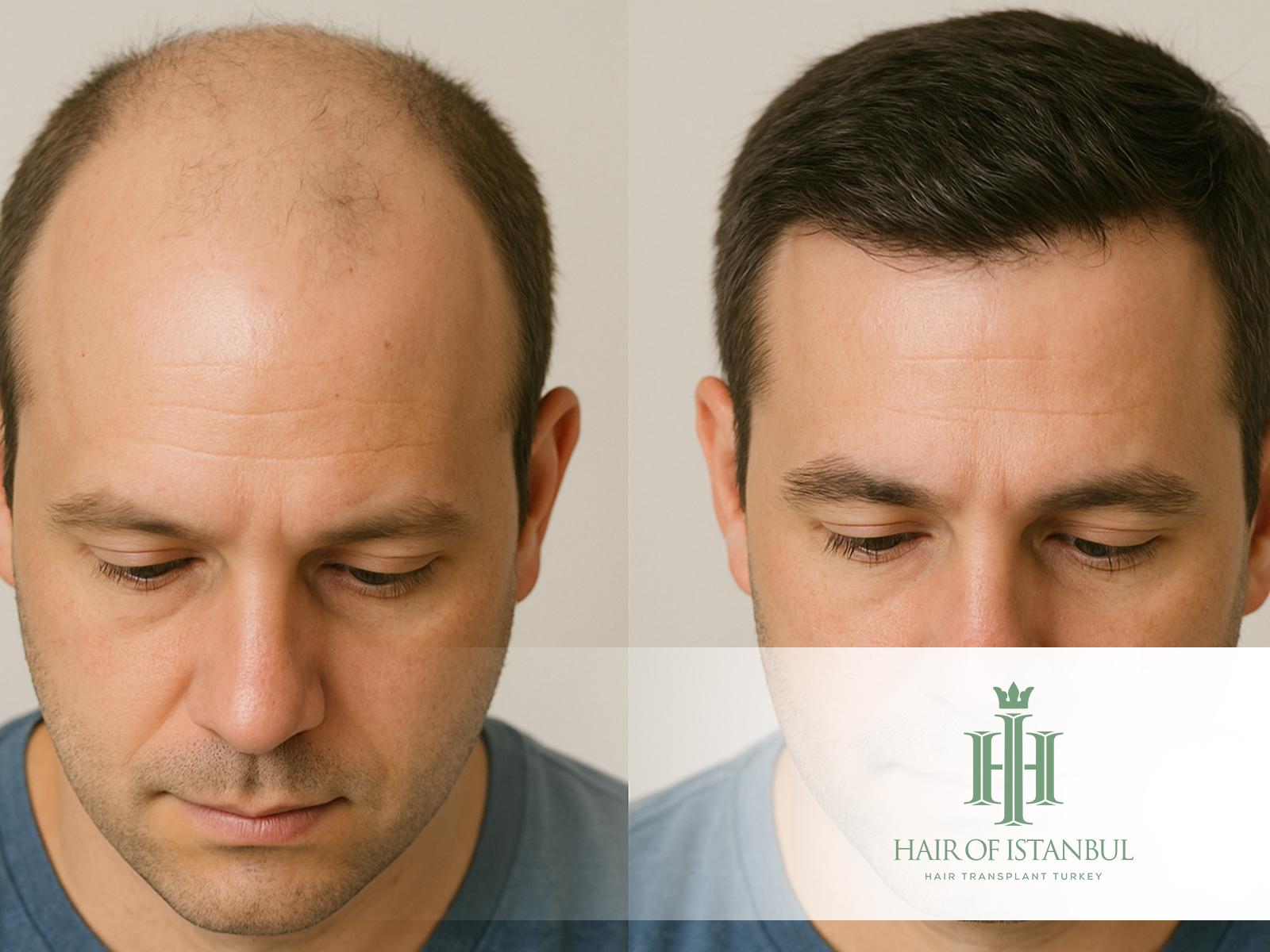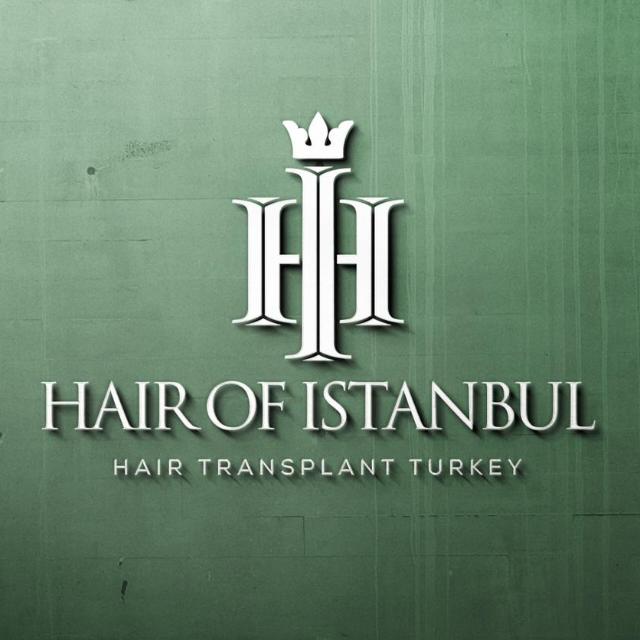FUT Hair Transplant: Classic Method for Lasting Results
Hair restoration techniques have advanced rapidly, yet the fut hair transplant remains a widely practiced and reliable method. While newer approaches like fue hair transplant and dhi hair transplant dominate modern conversations, FUT is still an excellent choice for many patients seeking effective results with long-term success.
This blog explains the fundamentals of the fut hair transplant, highlights its unique advantages, and clarifies how it differs from more recent techniques.
What Is a FUT Hair Transplant?
FUT (Follicular Unit Transplantation) involves surgically removing a thin strip of scalp—typically from the back or sides of the head—where hair is genetically resistant to balding. This strip is then microscopically dissected into individual follicular units and transplanted into thinning or bald areas.
In contrast to FUE, which removes follicles one by one, fut hair transplant allows the surgeon to harvest a large number of grafts in one session. This makes it particularly suitable for patients with advanced hair loss who require high-density coverage.
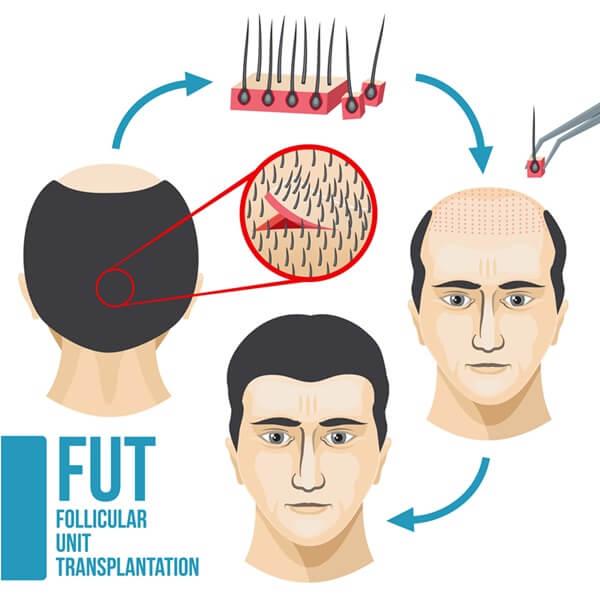
Advantages of FUT Hair Transplant
One major benefit of the fut hair transplant is its ability to deliver a higher graft yield in a single session. This efficiency reduces the number of procedures a patient may need to achieve their desired look. Additionally, since the follicles are dissected under a microscope, the risk of damage is minimized, leading to high survival rates for the transplanted hair.
Cost-wise, FUT is often more affordable compared to more labor-intensive methods. Patients looking for a budget-conscious solution without sacrificing quality often consider FUT a practical choice. Clinics such as Hair of Istanbul guide patients on whether FUT is the best option for their specific case.
How FUT Differs from FUE and DHI
While FUE and DHI are praised for being minimally invasive and leaving no visible linear scars, fut hair transplant holds its own ground by being particularly effective for large transplant sessions. FUE and DHI are better suited for those concerned with quicker healing and those needing less grafts, while FUT excels in bulk restoration. It is essential to assess each method in terms of scarring, downtime, density, and long-term outcomes, which is why expert consultation at clinics like Hair of Istanbul is invaluable.

Before and After Hair Transplant with FUT
A key indicator of the success of a fut hair transplant is the visual transformation patients undergo. Most clinics display before and after hair transplant photographs to demonstrate real results. These images often show noticeable improvements in hairline definition, crown density, and overall scalp coverage.
The full aesthetic impact typically becomes visible within 12 months, with significant changes starting around month three.
Bu gönderiyi Instagram’da gör
Who Should Consider FUT Hair Transplant?
A fut hair transplant is ideal for patients who:
- Have significant hair loss and need a high number of grafts
- Prefer fewer sessions with more grafts per procedure
- Are not concerned with a small linear scar that will be hidden under longer hair
Candidates undergo detailed evaluations at trusted hair transplant clinic centers like Hair of Istanbul, where medical teams assess scalp health, donor area strength, and hair loss progression.

FUT for Women and Textured Hair Types
Though less frequently used in female patients, hair transplant for women with FUT can be effective in certain cases, especially for diffuse thinning. Female candidates are evaluated based on donor density, hormonal factors, and scalp health.
For patients with curly or textured hair, including those seeking afro hair transplant procedures, alternative techniques like FUE may offer more flexibility. Still, FUT may be used depending on the individual’s hair characteristics and desired outcomes.
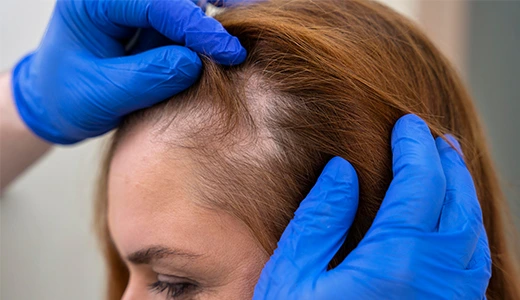
Post-Operative Care After FUT
Recovery after a fut hair transplant requires careful adherence to post-operative instructions. The donor area, which now bears a linear scar, should be kept clean and protected from tension or impact.
Clinics provide detailed guidelines similar to those in hair transplant care after resources. These include:
- Sleeping with the head elevated for the first few nights
- Avoiding strenuous physical activity for 10–14 days
- Taking prescribed medications to reduce inflammation and risk of infection
By following these steps, patients support proper healing and improve their chances of achieving the best possible hair transplant results.
Why Turkey and Istanbul Are Popular for FUT
Turkey—and particularly Istanbul—has earned a strong reputation in the global hair restoration market. Thanks to experienced surgeons, modern facilities, and competitive pricing, many patients opt for a hair transplant turkey journey.
Clinics offering hair transplant istanbul services, such as Hair of Istanbul, provide international support, advanced surgical techniques, and personalized care, making them a top destination for FUT and other transplant procedures.
Bu gönderiyi Instagram’da gör
Is FUT Hair Transplant the Right Choice for You?
Despite the rise of advanced technologies in hair restoration, the fut hair transplant continues to be a dependable and cost-effective solution for patients with extensive hair loss. Its ability to deliver a high number of grafts in one session makes it a strategic option, especially for those looking to restore large balding areas efficiently.
Clinics like Hair of Istanbul remain committed to offering customized treatment plans across all transplant methods, ensuring every patient receives safe, natural-looking, and lasting results.

